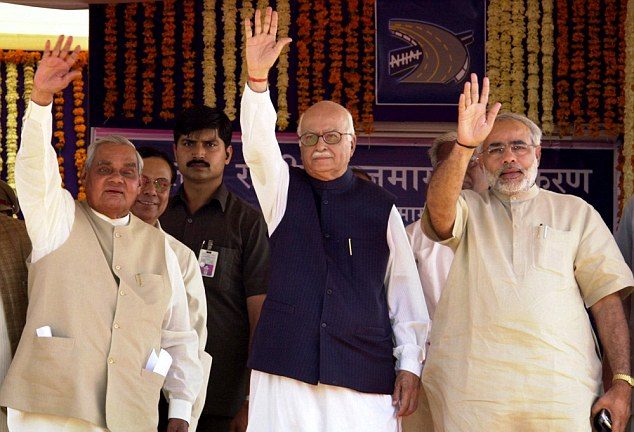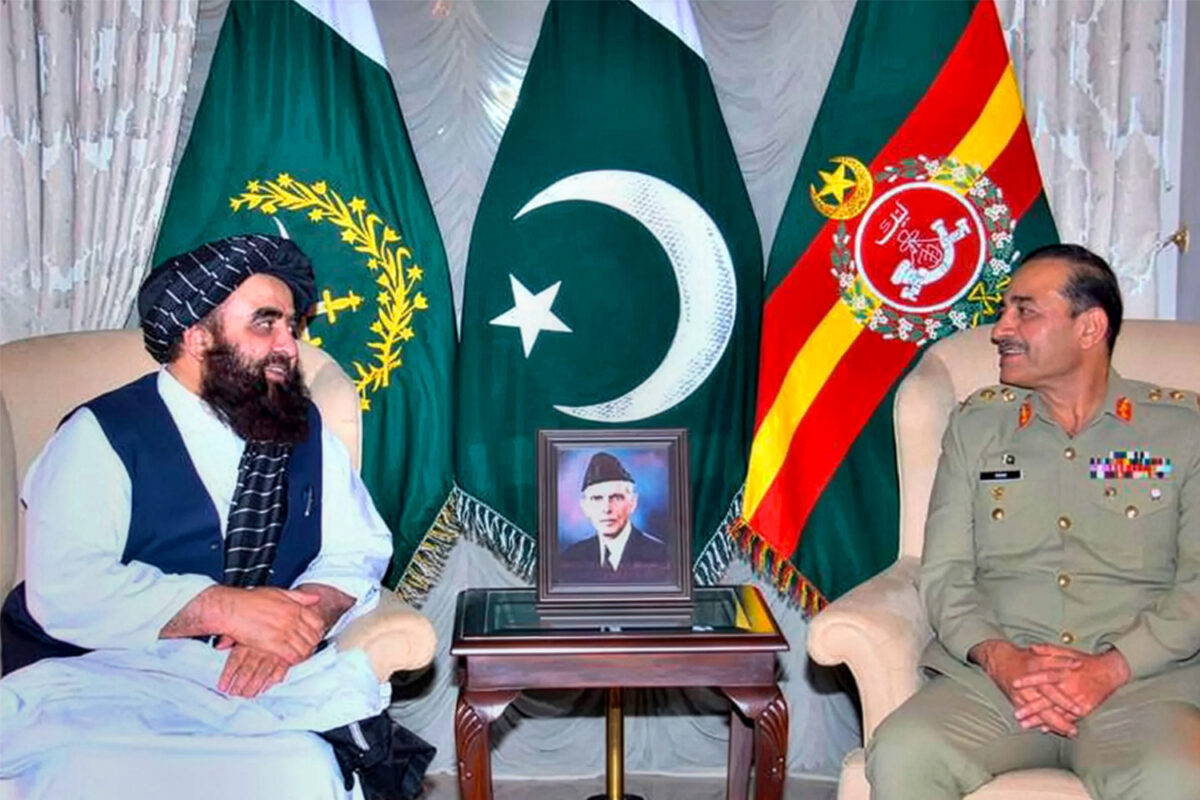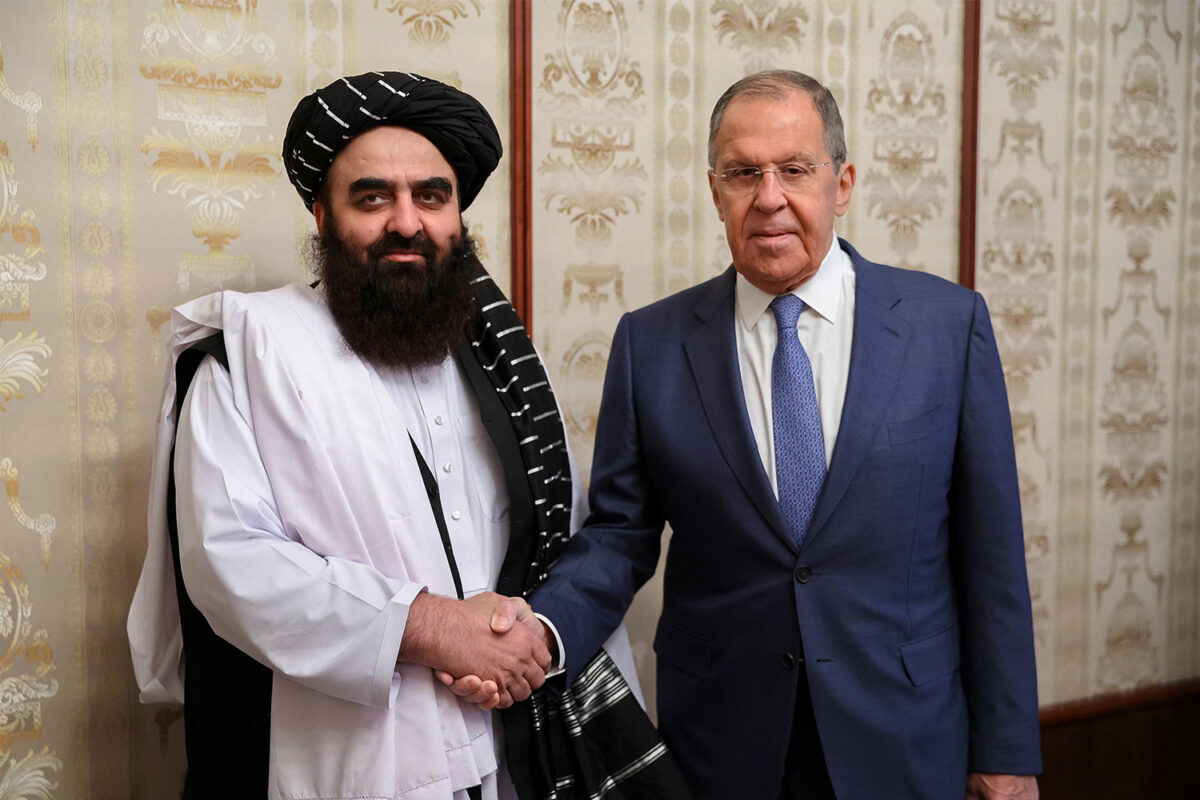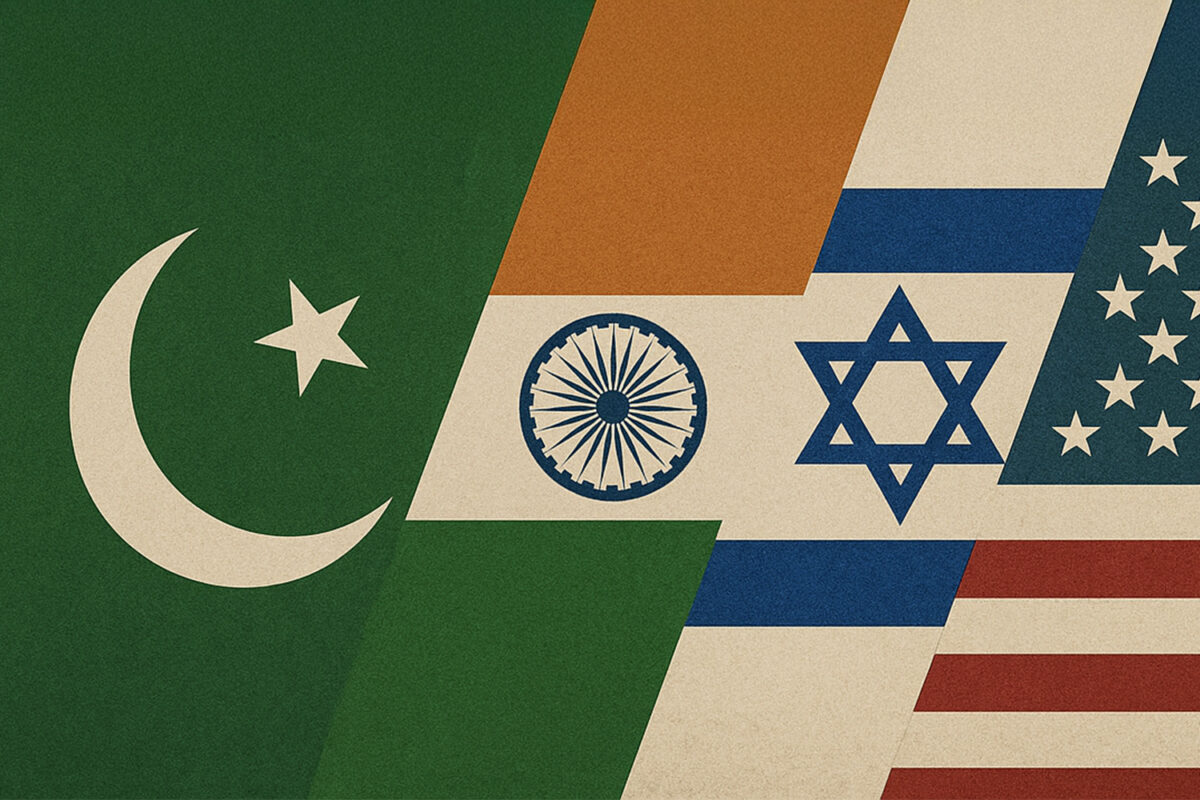India’s credibility as the world’s largest democracy is increasingly being questioned by political observers, especially after the 2014 election victory of the right wing Bharatiya Janata Party (BJP) and its charismatic leader – Prime Minister Narendra Modi. His re-election in 2019 by an even larger electoral majority has set into motion a chain of events that threaten to derail the country’s rise as a model liberal democratic nation. The BJP is being seen as dismantling one of the major pillars of the Western led liberal world order.
Numerous polls have shown Modi’s support and popularity across India’s majority Hindu population cutting across caste and regional divides, with no leader from any other political party, including the Congress coming close. The idea of a Hindu Rashtra – nation, precedes modern India and has now been monopolised by right-wing Hindu nationalists, who see it as a way to return hinduism to a dominant position.
Hindu Nationalism
The BJP is the political wing of the Rashtriya Swayamsevak Sangh [lit. ’National Volunteer Organisation’] (RSS), formed in 1925 by a Hindu ideologue K.B. Hedgewar with the objective of ‘reviving the Hindu religion’ by providing an ideological drive to turn India into a ‘Hindu Rashtra’ (i.e. a Hindu nation).
While the movement and its literature is at pains in laying out a detailed politico-socio-economic vision of what a Hindu rashtra might look like, the organisation drew inspiration from Nazi Germany and take lessons from the the ‘achievements’ of Adolf Hitler in pursuing its goals.
The RSS criticised the All Indian National Congress (INC) who saw a future India for ‘Indians’ rather than Hindhu majority. The RSS criticised the INC for working with Muhammed Ali Jinnah and even allowing a Muslim to be part of the independence movement. After India’s independence in 1947, the important political figures who had led the freedom movement modelled the new nation along secular democratic lines – taking clear inspiration from Europe to design a constitution which declared India as democratic, secular republic, much to the ire of the RSS.
The Jan Sangh (aka. Akhil Bharatiya Jana Sangh, the precursor to today’s BJP), a political arm of RSS was established soon after independence as the RSS believed that the objectives of the organisation could only be achieved by seizing the authority one day. Jan Sangh fought elections with their vote share increasing with every election until it merged with the Janata Party and formed its first government in 1977, 30 years after Independence. The Janata Party did not live long, popular disenchantment with political in-fighting and ineffective government led to the resurgence of the Congress Party, which won the general election called in 1980. The original Janata Party fragmented and dissolved, giving birth to the Bharatiya Janata Party (BJP).
The BJP gained its popularity from the Ram Mandir movement launched with claims of restoring the Babri Masjid (built by the Mughal Emperor Babur in 14th century) to a temple where the Hindu diety was alleged to have been born. Its then leader L.K. Advani toured the country motivating people to gather in Ayodhya at the mosque site. This culminated in the events of 6th December 1992, where mobs descended on the disputed site demolishing the mosque leading to an orgy of violence across the country with estimates of around 1,000 Muslims deaths.[1] The incident finally helped the BJP gain national prominence in a country where the political landscape had been dominated by the centre-left leaning Congress Party headed by the Nehru-Gandhi Family. Political observers of India mark this period as the launch of right-wing politics from being a fringe movement to occupying national prominence and acceptance.

With failure of Congress Party’s socialist economic model in addressing the economic and cultural anxieties of the people (India has traditionally been a deeply conservative nation with secularisation considered to have been forced upon by a tiny liberal elite who took inspirations from the European Renaissance ideals), this provided a perfect opportunity for the rise of right-wing politics.
Globalisation
The collapse of the Soviet Union in 1991 saw India lose its main economic patron and the ruling Congress Party’s turn towards the US and instituted free market ‘economic reforms’, opening up India’s huge market to US multinationals. This led to a decade of high economic growth with claims of India being the next economic powerhouse rivalling the growth of China.
Western governments increasingly started to see India as a huge market for their goods and services, low cost labour supplier to support their hi-tech industry and an ally to be leveraged in countering the rise of China. But, the short lived economic boom led to increasing inequality in the country with corruption reaching epidemic levels. The perception of Congress Party having caused increasing corruption gave rise to popular anger against the ruling Gandhi family. The BJP as part of a wider National Democratic Alliance (NDA) were able to win the 1998 elections and Atal Bihari Vajpayee became Prime Minister along with L.K. Advani became Deputy Prime Minister and Home Minister.
Gujarat
The BJP failed spectacularly in the 2004 elections. They even called for the elections six months early expecting a triumphant victory only to lose to Congress and see the emergence of Manmohan Singh as Prime Minister. This period saw the emergence of Narendra Modi, who was a party worker in Gujarat. It was this period that led to his rise in national politics.
Prior to becoming the Prime Minister in 2014, it was under Modi’s earlier tenure as Chief Minister (CM) of Gujarat that large scale riots took place, leading to the killing of 2,000 Muslims. The anti-Muslim pogrom of Gujarat had established Modi as a staunch Hindu nationalist who was unapologetic about his opinions towards Muslims leading to his increasing popularity in the largely Hindu country.
The 2014 General Election was considered the emancipation of Hindu nationalist voters. Combined with the economic mismanagement during Congress rule, this translated into an emphatic win for the BJP with an absolute majority leading to Modi becoming the prime minister. Even with the widely criticised economic ‘blunders’ of demonetisation, bungled General Sales Tax rollout and deteriorating law and order situation concerning Muslims during his first term, Modi’s popularity kept on soaring, leading to a comfortable landslide win in the 2019 General Elections earning him a second term at office.
Second Class Citizens
Modi’s first term was marked by the passage of widely criticised Citizenship (Amendment) Act, 2019, which was apparently providing refuge to prosecuted non-Muslim minorities from neighbouring nations, but was seen as aiming to strip away citizenship of its Muslim population.
Modi has struggled to manage the economy and deliver on the numerous promises he made. COVID-19 made the already precarious situation worse, leading to negative GDP growth, rising unemployment, mass poverty and inflation. Modi has been successful in keeping his right wing voter base happy with increased harassment of Muslims through well planned and carefully orchestrated cycle of events around cow protection and ‘love jihad’ (Hindu’s fear of Muslim conversion leading to violence against Muslims in public lynchings and riots): all of which is being cheered on and led by increasingly bellicose national and regional TV channels.
Reporting on increased anti-Muslim violence, a BBC report in September 2021 highlighted: “During Mr Modi’s first term in power, there were numerous incidents of Muslims being attacked by so-called “cow vigilantes” over rumours that they had eaten beef, or that they were trying to smuggle cows – an animal many Hindus consider holy – for slaughter.”[2] The Hindustan Times report in 2017: “Muslims were the target of 51% of violence centred on bovine issues over nearly eight years (2010 to 2017) and comprised 86% of 28 Indians killed in 63 incidents, according to an IndiaSpend content analysis of the English media.”[3] An analysis of violence by the ORF think tank of mob violence and public disorder between January 2011 and June 2017 shows that cow-related violence has spiked up dramatically from 5% of the total incidents (of Lynching or Public Disorder) to over 20% by the end of June 2017.[4]
Critics say since Mr Modi’s return to power for a second term in 2019, the anti-Muslim violence has expanded in its scope with violence taking a more subtle, insidious form that appears aimed at vilifying and demonising the minority community. The Indian Supreme Court ruling in 2019 that enabled the construction of a Hindu temple on the site of a 16th century Babri mosque destroyed more than two decades ago by Hindu mobs added to the victories of the Hindu right.
In recent months, several states have introduced laws to curb “love jihad” – an Islamophobic term Hindu right wing uses to imply that Muslim men prey on Hindu women to convert them to Islam through marriage, with the laws being used to harass and jail Muslim men in interfaith relations with Hindu women.
Muslim women have also not being spared with many targetted by being put up “for sale” online by right wing supporters of the government. The state of Karnataka passed a law banning school and college girls from wearing the hijab, effectively blocking them access to educational institutions. Many states are expected to follow suit.
Whether it is abrogation of Article 370 and 34A that provided special status to Kashmir or Citizenship Amendment Act 2019, Muslims are a prime target in a nation transitioning into a Hindu Rashtra – at an even increasing and alarming pace.
Hindu Rashtra in the 21st Century
Even though not officially a Hindu Rashtra (nation), the RSS project is seen to be nearing fruition with the increased marginalisation of Muslims effectively turning them into second class citizens.
The French scholar of India, Christopher Jefferlot in his recent book – Modi’s India, has shown how Modi’s government has moved India towards a new form of democracy, an ethnic democracy that equates the majoritarian community with the nation and relegates Muslims and Christians to second-class citizens who are harassed by vigilante groups.
The trends of recent years show ever increasing dominance of majoritarian politics. Many Muslims already believe that they are living under Hindu totalitarian regime and it’s here to stay. Intellectuals and pundits have been discussing what changes this ethno-religious democratic structure will bring and how long India can maintain its image of a functioning democracy.
The rise of Hindutva is seen as a continuation of the trend of rise of the global right, whether in France, the US and Europe. Though COVID-19 and the economic problems may have thrown a spanner in the BJP’s march towards an official ‘Hindu Rashtra,’ another challenge that remains is India’s need on the global stage by the US to maintain her global order and take on China. For the moment the Hindu Rashtra rhetoric has been only for domestic purposes. On the foreign policy front, India maintains a foreign policy that consists of foreign markets, nations with mineral wealth and its clashes with Pakistan. For the moment the RSS faces little political challenge from India’s other organised political parties.
[1] Guha, Ramachandra (2007). India After Gandhi. MacMillan. pp. 582–598.
[2] Beaten and humiliated by Hindu mobs for being a Muslim in India – BBC News
[3] Cow-Related Violence: 86% Dead Since 2010 Are Muslim; 97% Attacks Reported After 2014 (thewire.in)
[4] Has India become “Lynchistan”? | ORF (orfonline.org)




